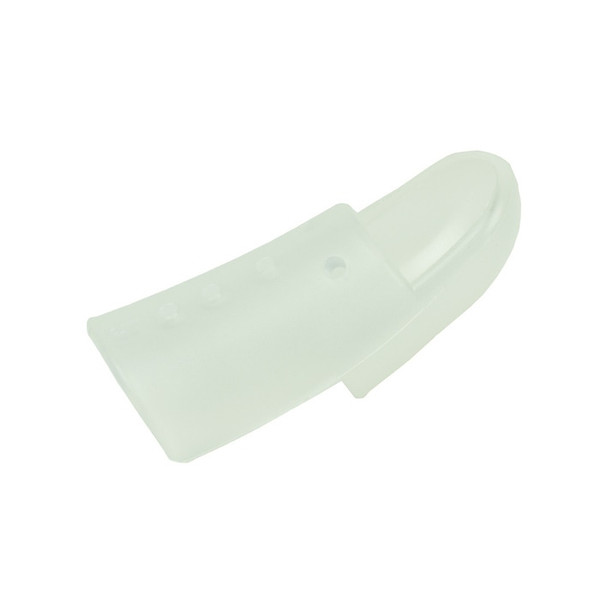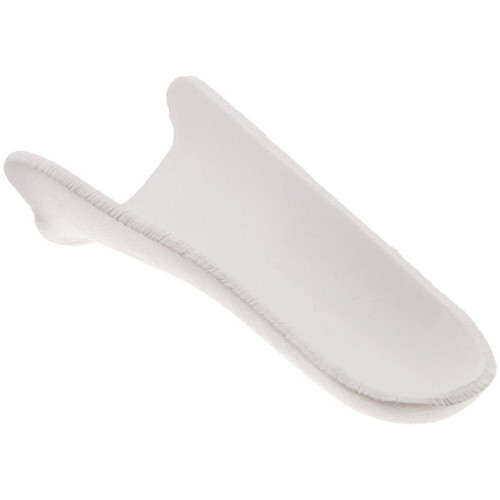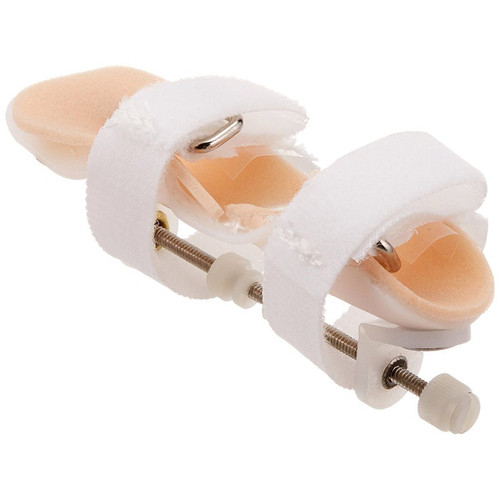Rolyan Stax Finger Splints: Mallet Finger Splint
Stax Finger Splints for Mallet Deformities
Designed to help protect fingertips and nail beds after Mallet Finger injuries, the Stax Finger Splints support the DIP joint in a neutral position to help correct mallet deformity. This injury occurs when there has been a disruption of the terminal slip extensor tendon, causing the finger to droop and the inability to actively extend the fingertip. The splint can be trimmed with heavy duty scissors to create a more comfortable fit.
Positions Finger Straight with Maximum Support
If the extensor tendon has stretched, pulled away, or torn after injury, it is recommended that individuals use a Mallet Finger Splint. A Mallet (Baseball) Finger is an injury to the very thin tendon that straightens the end joint of a finger or thumb. The finger can be pushed into extension, but cannot stay straight without support. If not properly treated with a splint, there is a risk for loss of active extension of the distal interphalangeal (DIP) joint, swollen fingertips, and possible bruising.
Promotes Tendon Healing without Adhesion
Lightweight and holding the fingertip straight, this orthotic splint promotes tendon healing without the formation of adhesions, resulting in a strong tendon that is able to pull through its full excursion. Stax Finger Splints are made without padding and are taped to the middle phalanx, elevating the distal joint to properly extended position. It is also constructed of a transparent, latex-free plastic for sensitive skin.
- The Stax Finger Splints - Mallet Finger Splint is primarily used in treating extensor tendon disruption at the insertion point on the distal phalanx
- Use the immobilizing joint splint for 4-6 weeks to effectively heal mallet finger injuries
- Mallet splint immobilizes the distal IP joint in maximum extension, but allows full motion of the proximal IP joint
- Made of perforated, latex-free beige or clear colored semi-hard plastic
- Available in several different sizes & packaging options, can be measured using the circumference at DIP (Distal Interphalangeal) Joint










